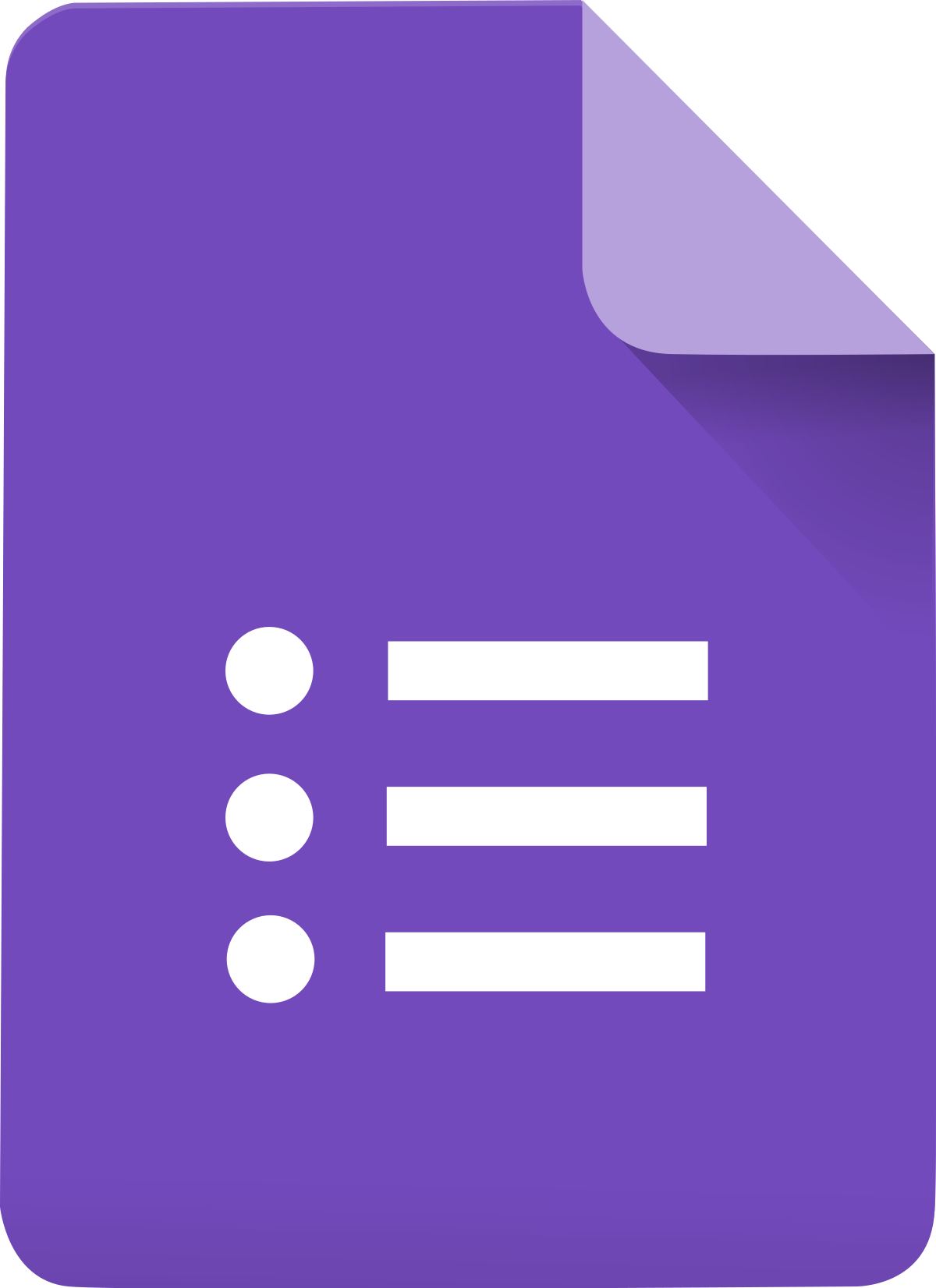Students analyze and compare satellite data of Ocean Chlorophyll Concentrations with Sea Surface Temperatures, beginning with the North Atlantic region, while answering questions about the global patterns of these phenomenon.
Educational Resources - Search Tool
Students watch a short video to gather information about sources of methane emissions and then extend their understanding of these sources to evaluate monthly trends in the Alaska region, ultimately making connections to Earth’s energy budget.
Students analyze two North Pole orthographic data visualizations produced from soil moisture data. After describing trends in the seasonal thaw of land surfaces, students demonstrate their understanding of Earth’s energy budget by explaining relationships and make predictions about the dataset.
Students observe monthly images of changing vegetation patterns, looking for seasonal changes occurring throughout 2017. These data can be used by students to develop their own models of change.
Students consider the impact of changing conditions on the remote island of Little Diomede, Alaska after they investigate the relationship between seasonal trends in sea ice extent with shortwave and longwave radiation flux described in Earth’s energy budget.
Students identify patterns and describe the relationship between chlorophyll concentration and incoming shortwave radiation.
Students identify patterns in chlorophyll concentration data to formulate their explanations of phytoplankton distribution.
Students will identify and describe the relationship between watersheds and phytoplankton distribution.
This story map lesson plan allows students to explore global phytoplankton distribution using chlorophyll concentration data in a 5 E-learning cycle. Students will investigate the processes that allow phytoplankton populations to thrive, as well as how their role in the carbon cycle impacts the other spheres of the Earth System.





 Grade Band
Grade Band
